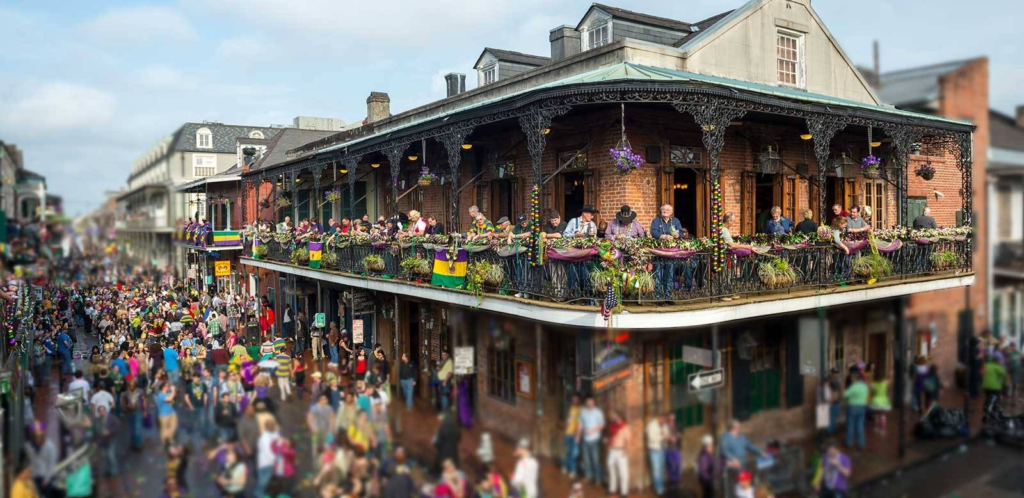Mardi Gras
2 min read
By: Lara Palmer
The well renowned carnival called Mardi Gras, also known as Fat Tuesday, is commonly attended by about one million people each year. The streets are packed full of visitors, wishing to celebrate with joyous parades and parties. The carnival officially starts on January 6th and extends to the day right before Ash Wednesday; it preludes the beginning of Lent. Because Mardi Gras is attached to Ash Wednesday, the dates will always be changing depending on Easter. Even though it is so long, the parades and events continue for the entirety of these weeks. This year, in 2023, the end of Mardi Gras will be on February 21, meaning the carnival will last six weeks in total. Ms. Schoen was asked about the carnival and responded with, “Mardi Gras is French for Fat Tuesday. We celebrate with public celebrations because of the root word carnem which means meat. Carnelevarium means remove meat…carnival means public celebration.”
Currently, the events include large parades, picnics, and an assortment of elaborate floats, music, and amazing food. People typically dress up in costumes, masks, or the colors green, purple, and gold. Now, the history of how the festival got started and its evolution is quite an interesting one. It can be traced back to the 17th and 18th centuries. In 1699, a French-Canadian man named Jean Baptiste Le Moyne Sieur de Bienville found an area of land and named it “Pointe du Mardi Gras”. He founded the city of New Orleans 19 years later.
The first parties of Mardi Gras were fancy balls put on by the Govenor of New Orleans in the 1740s and the parades with themed floats were started in 1856 by a young group of six anonymous people who wanted to bring a lot more joy to the public.
The colors of the festival are somewhat of a legend. Most believe that the famous purple, green, and gold trio were chosen in honor of Grand Duke Alexei Alexandrovich Romanoff, who was visiting New Orleans during an overseas tour in 1872. They say that a group of businessmen created the first daytime parade of Rex, the King of Carnival, to entertain the duke. The colors were the Romanoff family colors and seen to honor the man. The people did not have a legitimate reason or explanation for the colors until a newspaper in 1892 claimed that purple stood for justice, green stood for faith, and gold represented power. Others simply said it was because the three were traditional “royal” colors.
The carnival has been around for years and without a doubt, people will continue the festivities for years to come.







